Is hand-made coffee really good? Why does coffee smell better than it tastes?

For professional baristas, please follow the coffee workshop (Wechat official account cafe_style)
It is true that smelling coffee is more enjoyable than drinking coffee, because most of the coffee aromas are volatile and can be felt by the sense of smell.
Another part is volatile and water-soluble, which can be felt by smell and taste, while a small part is water-soluble and can only be felt by taste.
Some sweet and sour flavor molecules are volatile and water soluble, so the sense of smell can be enjoyed, but the unpleasant bitter taste
It is water-soluble, non-volatile and can only be felt by the sense of taste, in other words, the sense of smell can not smell bitterness and saltiness.
No wonder "smelling coffee" is more enjoyable than "drinking coffee". Many people would rather smell coffee than drink coffee, just to avoid the bitter taste of coffee.
Coffee flavor < Flavors > = volatile aroma < Gases > + water soluble taste < Tastes > + taste < Mouthfeel >
Volatile aroma = dry fragrance + wet fragrance = prenasal and postnasal olfactory
Water-soluble taste = sweet, sour, bitter, salty and fresh = oral taste
Taste = smoothness and astringency = oral touch, which is the result of the interaction of different proportion of sweet, sour, bitter and salty.
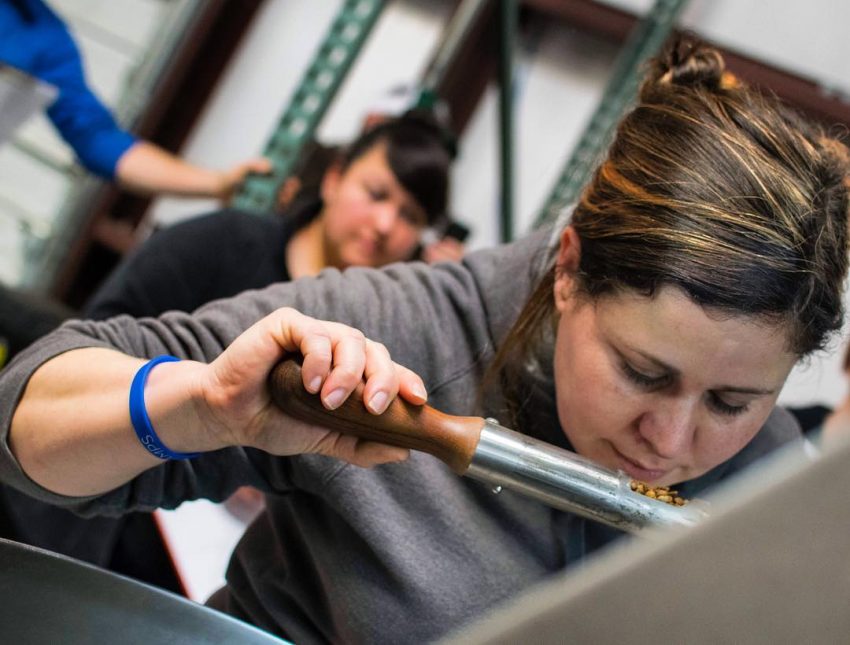
It smells better than it tastes, in fact, it is because the coffee beans are mixed with esters and esters during the baking process through the "Mena reaction".
Volatile components such as aldehydes or organic acids.
Coffee is blessed with a large and complex variety of chemicals, including other organic acids in addition to the above-mentioned compounds.
Inorganic acids, alkaloids and other ingredients.
When grinding or brewing, these volatile components or organic acids are gasified to give us a pleasant aroma of coffee.
Although coffee appreciation depends on the functions of smell, taste and taste, they complement each other in order to construct a complete sensory world.
However, the radar screen size of human sensory detection flavor is in the following order: smell > taste > taste.
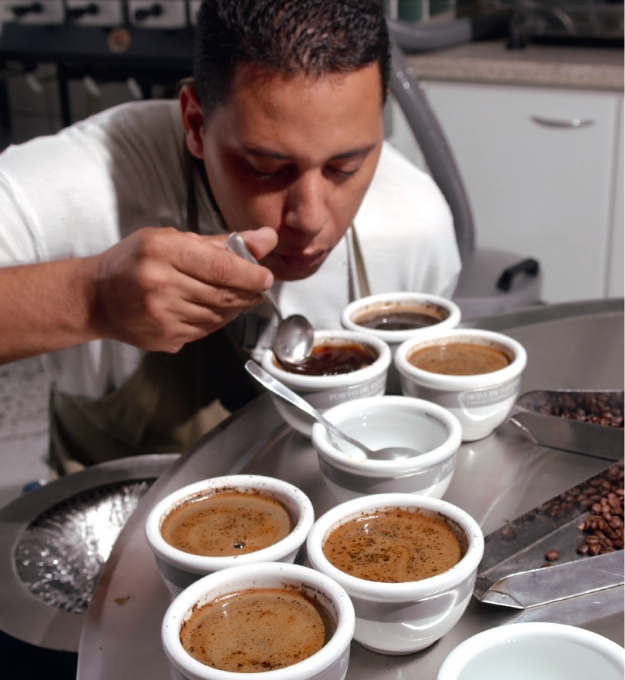
The breadth and accuracy of olfactory recognition is greater than that of taste and taste, because smell is the only sense with two-way function.
The nose can smell the smell of the outside world, that is, "prenasal smell" (Orthonasal olfactory).
But the mouth can also "smell" the smell of eating into the mouth, that is, "post-nasal smell" (Retronasal olfactory).
In addition to using the sense of smell in front of the nose, the tester or wine taster is better at the sense of smell behind the nose to complete the task of taste measurement.
Coffee has volatile aromas of caramel, cream, sour, flowers, fruit, herbs, nuts, grains, resin,
The aroma of wine, spice, chokes, earthy, firewood, potion and other gasification ingredients are presented by the sense of smell in front of the nose and behind the nose.
However, the recognition of aroma and the excitement caused by the two are different, before appreciating the aroma of coffee
Be sure to understand the difference between the sense of smell in front of the nose and behind the nose before you can get twice the result with half the effort.
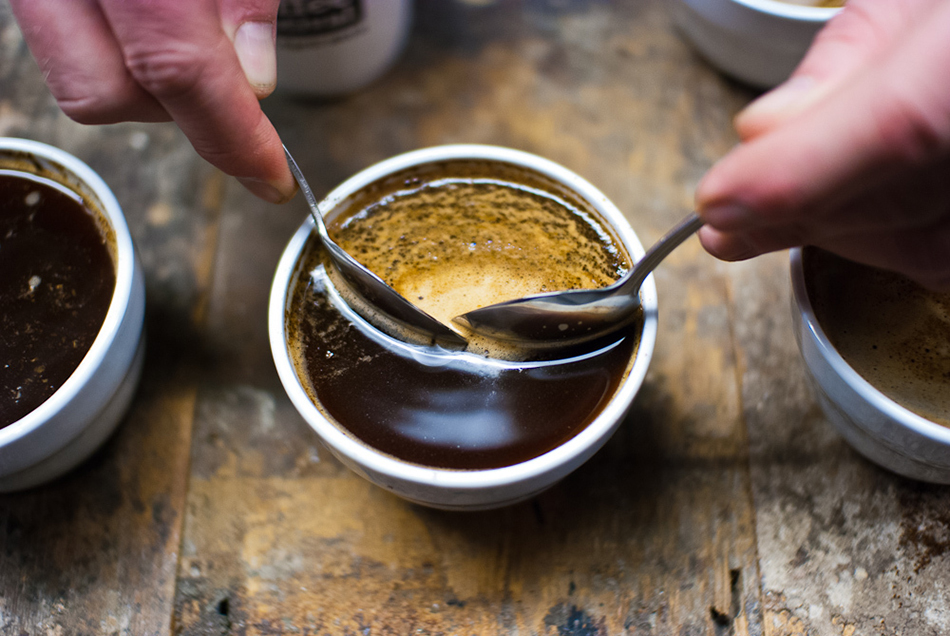
1. Volatile aroma
When the coffee is ground, the sour aroma of flowers and fruits with light molecular weight is highly volatile, which is released first and can be smelled from afar.
This is followed by medium molecular weight caramel, nuts, chocolate and almonds, but the dispersion distance is shorter than the former and needs to be a little closer.
Finally, there is the aroma of high molecular weight turpentine, mercaptan and coke, because the molecule is the heaviest and the fragrance is the shortest, which are mostly found in medium and deep baking.
Keep your face close to the top of the coffee powder.
Therefore, when appreciating coffee, smell dry incense, need to change the distance between the nose and coffee powder, more able to smell low, medium and high molecular weight aroma.
Some volatile aromatic compounds cannot be gasified at room temperature and need to be boiled in hot water at high temperature.
In order to release the aroma, this is the wet fragrance of coffee.
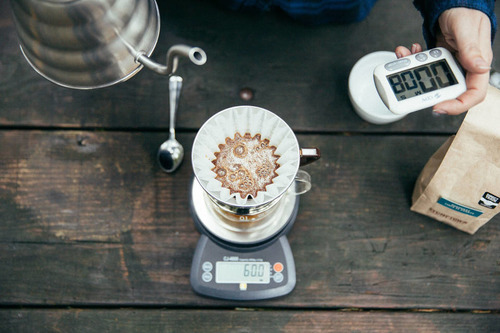
Second, water-soluble taste
The aroma has been vaporized and volatilized during grinding and brewing, but it is not integrated into the coffee liquid, so when the coffee is imported, the taste of the mouth can only tell you that the coffee is sour.
Bitter and so on, this is the role of water-soluble flavor molecules such as sweet, sour, bitter, salty and fresh coffee.
In principle, these five tastes can be felt in all areas of the tongue, but the tip of the tongue is sensitive to sweetness, and both sides of the tongue are sensitive to acid and salt.
The root of the tongue is more sensitive to bitterness, while the delicious taste can be tasted by the whole tongue.

Taste and taste
The taste is the result of mutual containment and competition of the five tastes of sweet, sour, bitter and salty. Blindly too prominent, will inhibit or bless the performance of other tastes, and even affect the taste.
For example, if the salty ingredient is too high, it will enlarge the astringency when it encounters something sour; if it is slightly salty and meets sweet taste, the salty taste will be suppressed and become mild and smooth.
And the salty taste sometimes counteracts the bitter taste, and the sweet and sour taste leads to a delicate fruit taste.
Important Notice :
前街咖啡 FrontStreet Coffee has moved to new addredd:
FrontStreet Coffee Address: 315,Donghua East Road,GuangZhou
Tel:020 38364473
- Prev
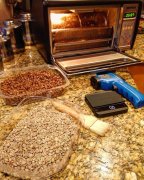
Introduction to coffee roasting: suggestions on storage methods of raw beans and bean roasters
Exchange of professional baristas Please pay attention to the issues related to the storage mode of raw beans and the roaster in the coffee workshop (Wechat official account cafe_style). It was all planned in the essay, but at my slow pace, I'm afraid you'll already be impatient when the manuscript comes out, so a brief answer in advance may solve some of your current problems. Let's start with the storage of raw beans.
- Next
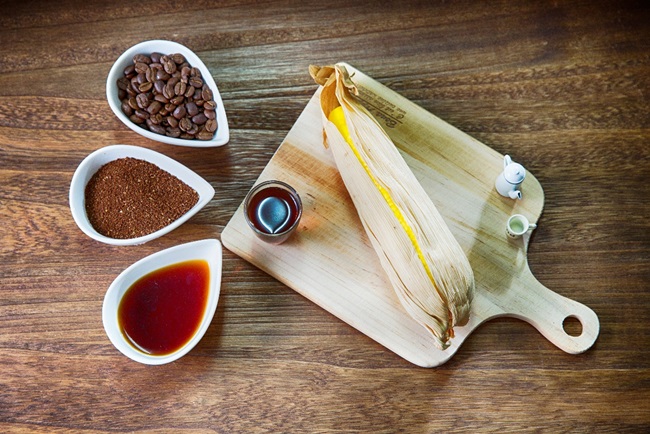
Global Coffee Bean grading system details of Raw Bean grading Standards in Coffee producing countries
For the exchange of professional baristas, please pay attention to the naming methods of coffee in coffee workshop (Wechat official account cafe_style): G1, G2, G3, G4, AA, PB, SHB, SHG, EP, PLANTATION. What exactly does it stand for? The information that may be included in the name of a coffee is: country, producing area, variety, treatment, cup quality, bean order, bean shape or bean color, defect quantity
Related
- Beginners will see the "Coffee pull flower" guide!
- What is the difference between ice blog purified milk and ordinary milk coffee?
- Why is the Philippines the largest producer of crops in Liberia?
- For coffee extraction, should the fine powder be retained?
- How does extracted espresso fill pressed powder? How much strength does it take to press the powder?
- How to make jasmine cold extract coffee? Is the jasmine + latte good?
- Will this little toy really make the coffee taste better? How does Lily Drip affect coffee extraction?
- Will the action of slapping the filter cup also affect coffee extraction?
- What's the difference between powder-to-water ratio and powder-to-liquid ratio?
- What is the Ethiopian local species? What does it have to do with Heirloom native species?

